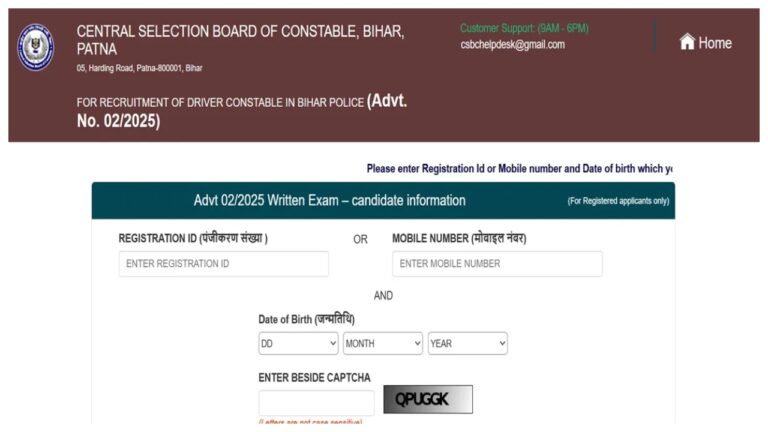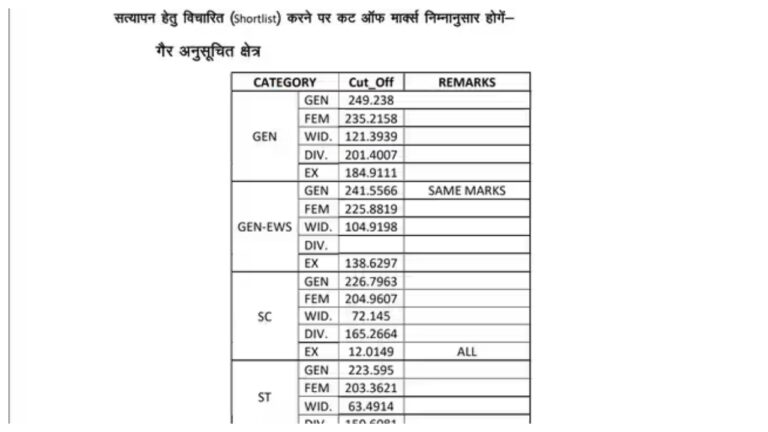Google Pixel 9 Pro Xl vs Vivo iQOO 11: If you want a high-end Android smartphone, then Google Pixel 9 Pro XL and Vivo iQOO 11 are two top choices. Both handsets have top-of-the-line specifications, excellent cameras, and quick performance.
Google Pixel 9 Pro XL supports Google’s Tensor G4 chip, whereas Vivo iQOO 11 supports Qualcomm Snapdragon 8 Gen 2. Both devices support a triple-camera module with OIS, but the front camera on Pixel is more resolved. Let’s compare the two smartphones in detail.
Google Pixel 9 Pro XL
Google Pixel 9 Pro XL has a 6.8-inch OLED screen with 1344×2992 resolution and 120Hz refresh rate. It supports HDR and Corning Gorilla Glass Victus 2 protection. The peak brightness of the screen reaches 3000 nits, which makes it convenient to use under sunlight.
Pixel 9 Pro XL is driven by the Google Tensor G4 chipset with an octa-core processor clocking at 3.1GHz. It features 16GB RAM and 256GB built-in storage, but expandable memory is not available. The device is powered by Android v14 and will be upgraded to Android v15 in the future.
It features a 50MP main sensor, a 48MP ultra-wide-angle lens, and a 48MP telephoto lens with OIS. The selfie camera is 42MP, providing excellent quality selfies and video calls. It can record at 4K at 30fps for good and sharp video quality.
Google Pixel 9 Pro XL features a 5060mAh and comes with 37W fast charging. It has a wireless charging of 23W and reverse wireless charging. Pixel 9 Pro XL has dual 5G, Bluetooth 5.3, NFC, and USB-C v3.2. There is no FM radio or 3.5mm headphone jack.
Vivo iQOO 11
Vivo iQOO 11 has a slightly smaller 6.78-inch AMOLED screen with a higher 1440×3200 resolution. The screen is HDR10+ and P3 color gamut supported, which enhances the colors. It also comes with a 144Hz refresh rate for better scrolling and gaming.
![]()
It has a Qualcomm Snapdragon 8 Gen 2 chipset with a 3.2GHz octa-core processor that powers the phone. Vivo iQOO 11 has 16GB RAM 8GB of virtual RAM and an inbuilt storage capacity of 256GB with no memory card slot. It operates on the Android v13.
The rear camera setup features a 50MP primary sensor, a 13MP telephoto lens, and an 8MP ultra-wide-angle camera, all equipped with OIS. It can shoot videos in 8K UHD. The front-facing camera is 16MP, which is lower than Pixel’s 42MP front camera.
Vivo iQOO 11 uses a 5000mAh battery with 120W fast charging, which is significantly quicker compared to Pixel’s 37W charging. On the other hand, it has no wireless charging support. Besides, it incorporates 5G connectivity, Bluetooth 5.3, NFC, and USB-C v2.0. It lacks 3.5mm headphone jacks, an FM radio, and water resistance.









